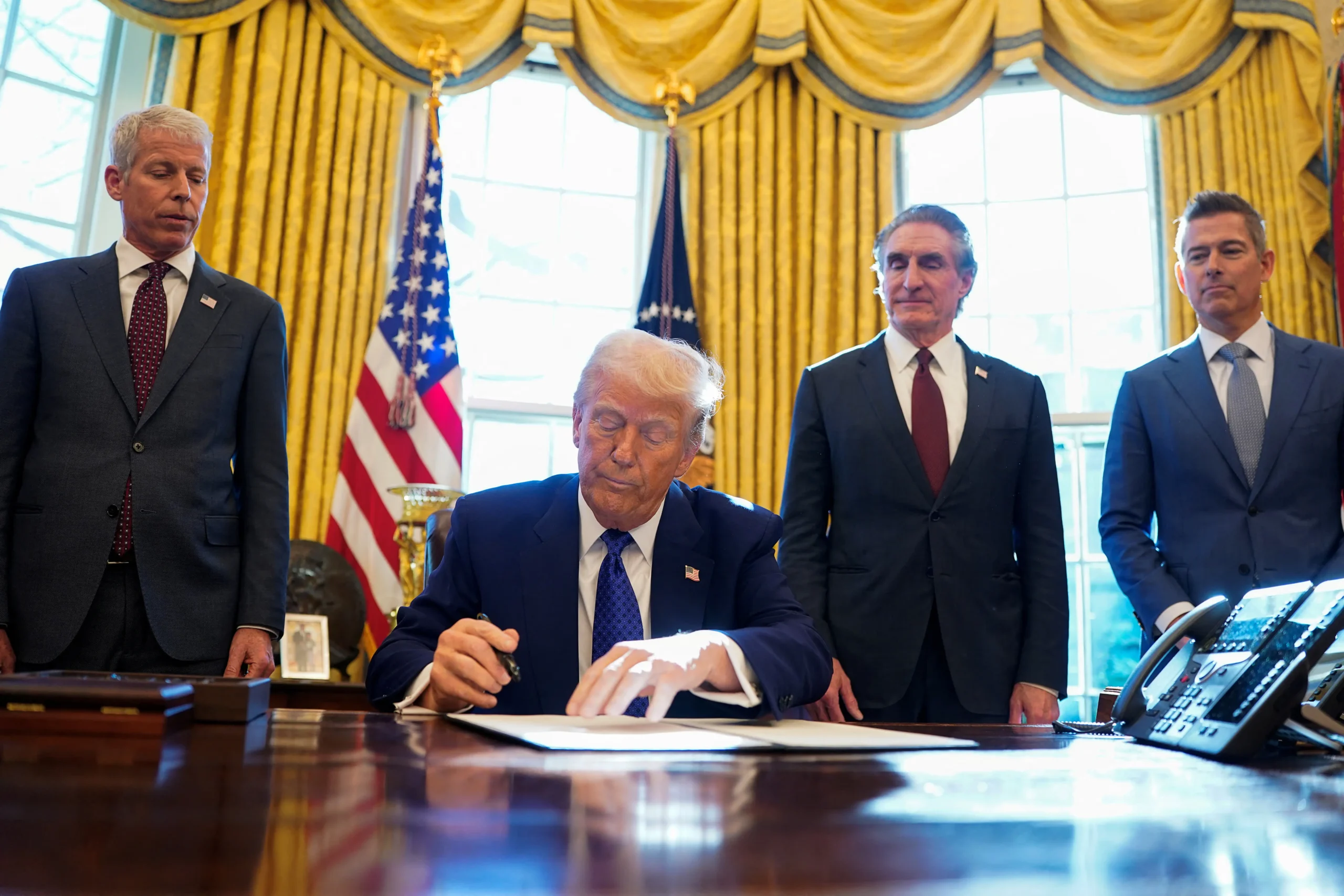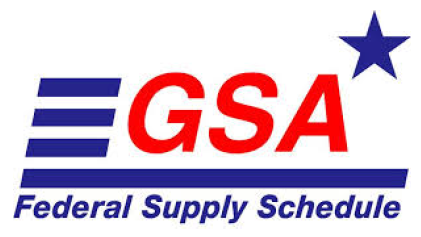In a world where every tax dollar counts, the U.S. Federal Government is turning the tide on how it does business. The new executive order on federal procurement reform GSA centralization, signed by President Donald J. Trump, is no mere administrative tweak. It’s a bold, sweeping move to reclaim efficiency, restore purpose, and reshape how Uncle Sam shops.
Imagine if every federal agency whether the Department of Energy or the VA—no longer had to reinvent the wheel when buying computers, office chairs, or IT services. Instead, one agency would lead the charge: the General Services Administration (GSA). That’s the vision of this reform unifying and centralizing procurement for common goods and services under a single, specialized authority.
Let’s walk through what this means, why it matters, and how it can fundamentally change the way government works—for the better.
A Look Back: Why This Executive Order Was Necessary
Let’s be real. Federal procurement has long been a bureaucratic maze. Different agencies have spent decades running parallel procurement processes, often duplicating contracts and overpaying for goods. Despite good intentions, the outcome has been inefficiency, inconsistency, and wasted taxpayer money.
That’s why this executive order pulls no punches. With $490 billion spent annually on procurement, centralizing it under the GSA is not just a suggestion—it’s a directive.
And what’s truly game-changing? The GSA isn’t just another agency. It was founded in 1949 with the sole mission of procurement efficiency. This isn’t a case of giving someone new responsibilities—it’s about returning a veteran to their rightful battlefield.
Breaking Down the Order: What Does It Say?
Section 1 of the order outlines a clear policy:
All domestic procurement for common goods and services must be consolidated under the GSA where permitted by law.
Section 2 offers precise definitions:
- Administrator: The head of GSA.
- Agency: All executive departments, excluding the Executive Office of the President.
- Common goods and services: As identified by the OMB-led Category Management Leadership Council.
- Indefinite Delivery Contract Vehicle: A type of long-term contract used for flexible orders.
Section 3 is the real action plan:
- Agencies must submit proposals within 60 days for shifting procurement to GSA.
- The GSA must submit a full government-wide consolidation plan within 90 days.
- GSA becomes the executive agent for all IT acquisition contracts within 30 days.
That’s a tight timeline. But speed is a feature, not a flaw. Time is money, after all.
Why It Matters: The Stakes Are High
Let’s not sugarcoat it—this reform touches every corner of the federal bureaucracy. But the payoff could be monumental:
Cutting Waste and Duplication
The current system is like having 50 people separately planning the same dinner party. Everyone buys their own plates, forks, and napkins—often from different stores, at different prices. That’s not just inefficient—it’s absurd. Centralizing procurement avoids the duplication of effort and expense.
Letting Agencies Focus on Their Core Missions
Agencies are supposed to serve the people. They shouldn’t be bogged down negotiating copier leases or vetting toner suppliers. By handing off those functions to the GSA, they can redirect their energy to where it really counts: veterans’ services, public safety, education, and more.
Unlocking Better Deals Through Bulk Purchasing
With centralized buying power, the government can negotiate better prices and better terms. Think Costco, but for federal contracts.
Modernizing IT Across Government
By making GSA the executive agent for Government-wide IT contracts, the order acknowledges that fragmented IT purchasing is a cybersecurity and operational nightmare. A unified approach makes it easier to manage risk, ensure compatibility, and keep systems secure.
Key Milestones and Deadlines
To make this more than a feel-good announcement, the order sets a countdown clock. Within:
- 14 days: OMB issues guidance.
- 30 days: GSA gets executive control over IT acquisition.
- 60 days: Agencies submit proposals for consolidation.
- 90 days: GSA delivers the master consolidation plan.
Missed deadlines are a thing of the past—at least, that’s the hope.
What About the Contractors?
For vendors, this is a shake-up—but it’s also a golden opportunity. By interacting with one centralized buyer (GSA), businesses can streamline their offerings, reduce compliance headaches, and scale faster across government sectors.
However, it also means increased competition. With clearer visibility into existing contracts and better data, the government will be pickier—and rightfully so.
Technology and Transparency: A Modern Approach
The order encourages the use of digital tools and rationalized contract vehicles. This is about more than saving money. It’s about building a procurement ecosystem that’s data-driven, responsive, and resilient.
Think dashboards, analytics, real-time reporting. With GSA at the helm, agencies can leverage insights that simply weren’t possible when everyone operated in silos.
Lessons From the Private Sector
This move mirrors what successful companies have done for decades—consolidating procurement functions under a central operations team. From Apple to Amazon, centralization drives efficiency, standardization, and value.
So why should the government be any different?
Safeguards and Legal Considerations
The order is careful not to overstep. It includes provisions to ensure:
- No agency’s lawful authority is infringed.
- Budgetary decisions remain with the OMB.
- The Executive Office of the President remains exempt.
These carve-outs maintain balance while pushing forward aggressively.
Looking Ahead: What Could Go Wrong?
Let’s be honest—centralization is not a magic wand. Implementation could be bumpy. Some agencies may resist. Legal frameworks could limit GSA’s scope in certain cases. Culture change is always the hardest part.
But the real question is: Can we afford not to try?
The Bottom Line: A Government That Buys Smarter, Serves Better
Federal procurement reform and GSA centralization aren’t just buzzwords—they represent a powerful shift in how our government operates. This initiative is about stretching every taxpayer dollar, cutting red tape, and helping agencies focus on what really matters: serving the American people.
By centralizing purchasing through the GSA, the federal government is embracing a smarter, faster, and more accountable way of doing business. If done right, this could become the benchmark for modern government efficiency.
Capitol 50 Consultants Inc. Is Your Ally in Federal Procurement Reform
The way the government buys is shifting fast. Is your business prepared?
👉 Looking to Obtain a GSA Contract?
We make it simple. Capitol 50 Consultants Inc. is your trusted partner for GSA contract success. Click here
👉 Already Hold a GSA Contract?
We’ve got your back. Our team specializes in contract administration, ensuring you stay compliant, competitive, and ready to scale. Click here
From helping you secure a spot on the GSA Schedule to keeping your contract up to date, we’re here to help you make the most of this reform—so your business grows while the government gets smarter.
FAQs (Revisited)
Who benefits from this reform?
Ultimately, the American people. More efficient government means better services, fewer tax dollars wasted, and a stronger economy.
Is this just about cost-cutting?
No, it’s about aligning procurement with mission performance, streamlining operations, and strengthening IT systems across the board.
How is IT procurement being improved?
The GSA is now the designated executive agent for government-wide IT contracts—reducing fragmentation, duplication, and cyber risk.
Will this affect small businesses?
Not necessarily. In fact, it may open more doors by simplifying access through a centralized, transparent system.
Is this reform legal?
Yes. The order cites specific statutes such as 40 U.S.C. 101 and 501 that empower the President and GSA to enact such changes.
How soon will we see results?
Expect early indicators within six months. Long-term benefits may unfold over a few years as systems mature.




